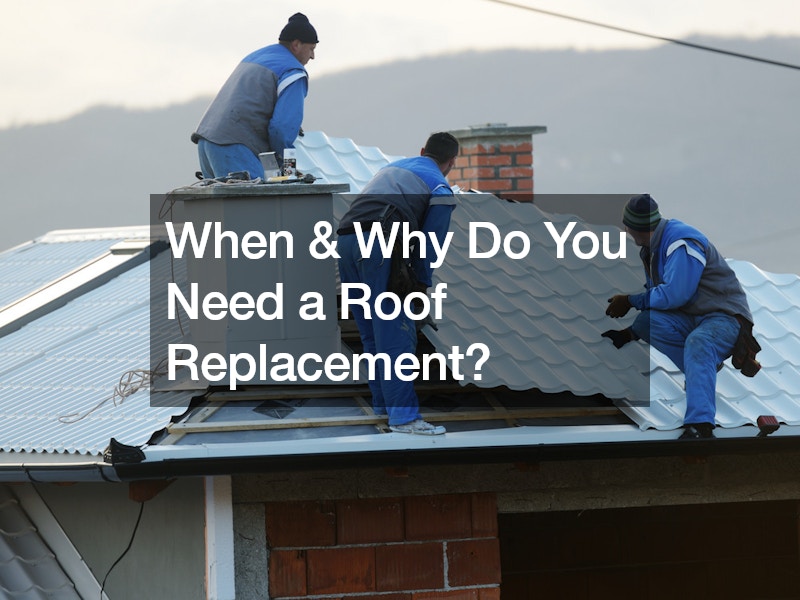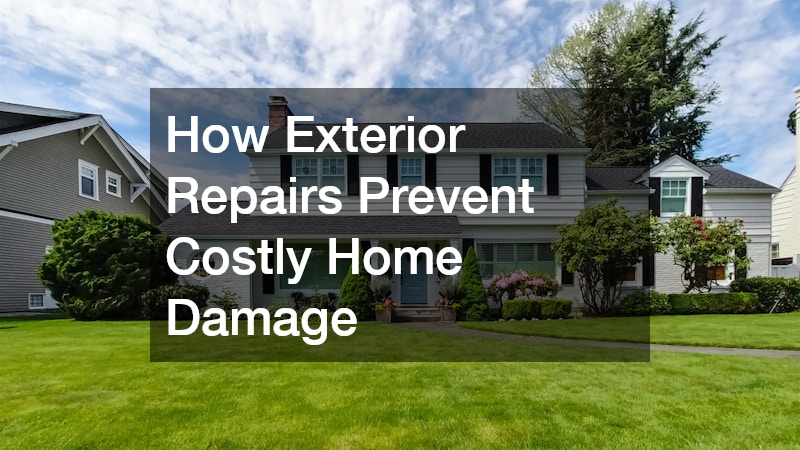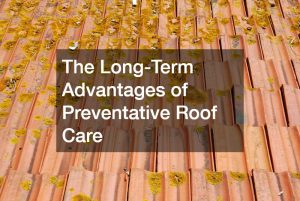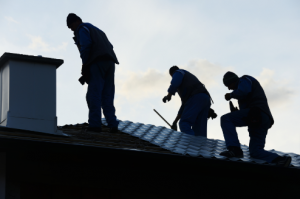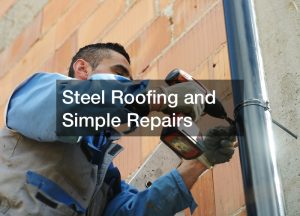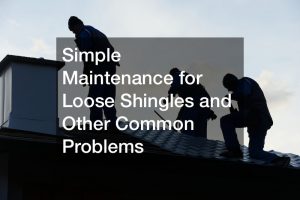When and Why Do You Need a Roof Replacement?
Maintaining the integrity of your roof is essential for the protection and longevity of your home. Over time, various factors can contribute to wear and tear, eventually necessitating a roof replacement. Understanding the signs and reasons for roof replacement is crucial for homeowners to ensure their property remains secure and well-maintained.
In this blog post, we’ll delve into the essentials of roof replacement, discussing when and why you might need one.
Signs of Damage
Recognizing signs of damage is crucial in determining when a roof replacement is necessary. Here’s a deeper dive into some of the common types of damage that can compromise the structural integrity of your roof:
Hail Damage
Hailstorms can wreak havoc on roofs, particularly those with asphalt shingles. The impact of hailstones can cause granules to dislodge from the shingles, exposing the underlying material to potential deterioration from sunlight and moisture. This loss of granules not only diminishes the aesthetic appeal of the roof but also reduces its protective properties. Additionally, severe hailstorms can leave behind visible dents on gutters, vents, and other metal components of the roof. These dents may seem minor at first glance but can weaken the affected areas over time, leading to leaks and other issues.
Improper Installations
Proper installation is vital to the longevity and performance of a roof. Unfortunately, not all installations are done correctly, which can result in a myriad of problems down the line. Improperly nailed shingles, for example, may not be securely fastened to the roof deck, making them susceptible to lifting and wind damage. This can create entry points for water infiltration and compromise the integrity of the entire roofing system. Moreover, inadequate flashing around roof penetrations, such as chimneys and vents, can allow water to seep into the underlying structure, leading to water damage and mold growth.
Wind Damage
Strong winds, whether from severe storms or hurricanes, can exert considerable force on a roof, causing shingles to become dislodged or even torn off completely. This exposes the underlying roof deck to the elements, increasing the risk of water infiltration and subsequent damage to the interior of the home. In some cases, wind damage may not be immediately apparent, especially if the shingles appear intact from ground level. However, a closer inspection may reveal curled or lifted shingles, which indicate underlying damage that warrants prompt attention.
Importance of Attic Ventilation
Proper attic ventilation plays a crucial role in extending the lifespan of your roof. Inadequate ventilation can lead to excessive heat buildup in the attic during hot summer days. Without proper airflow to draw in cool air and expel hot air, the attic temperature can skyrocket, potentially causing damage to the roofing materials. Over time, this can lead to premature deterioration of shingles and ultimately necessitate a roof replacement. Ensuring your attic is adequately ventilated is key to preserving the health and longevity of your roof.
Manufacturer’s Stated Lifespan
Understanding the expected lifespan of your roofing materials is essential for planning when to replace your roof. Different types of roofing materials, such as 3-tab and dimensional shingles, come with varying lifespans as specified by the manufacturer. As a general rule of thumb, it’s recommended to replace your roof when it reaches around 80 to 85 percent of the manufacturer’s stated lifespan. For example, if your 3-tab shingles have a 25-year lifespan, you may want to consider replacement around the 20 to 22-year mark. Similarly, dimensional shingles with a 30-year lifespan might warrant replacement around the 25 to 27-year mark. Adhering to this guideline can help homeowners proactively address roof replacement needs before significant issues arise.
Key Takeaways
Being proactive about roof maintenance and replacement is essential for safeguarding your home against potential damage and ensuring its structural integrity. By recognizing the signs of damage, prioritizing proper attic ventilation, and understanding the manufacturer’s stated lifespan of your roofing materials, you can effectively manage the lifespan of your roof and address replacement needs in a timely manner. Remember, a roof replacement is an investment in your home’s long-term durability and security.
.

